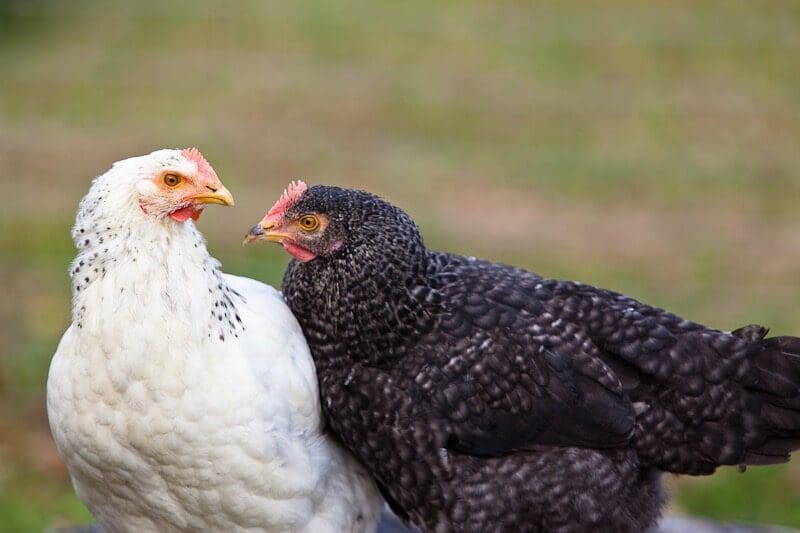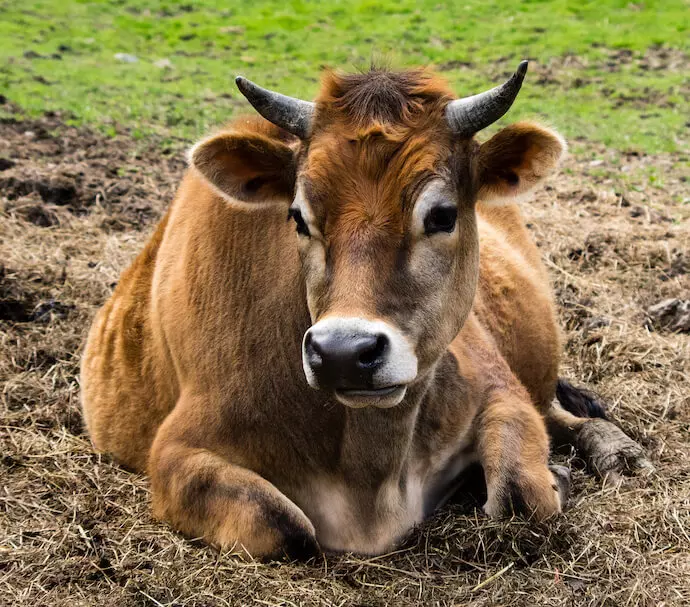
Ask the Chef: What’s the story with local milk and eggs?
Are there best practices for buying local milk and eggs?
Dear Chef Linda, “I am a baker. I like to resource local ingredients. Recently I have made an effort to learn more about where my food comes from and in doing so I am now struggling with continuing my current practicing of baking with eggs and milk. I dont have much practice in vegan baking. What I am wondering is..is there a “best practice” if I am going to resource milk and eggs? I am feeling really troubled and looking for guidance.” Dear Troubled, I can understand how you feel. Finding out where our food comes from can lead to despair when you want to make a change but aren’t prepared to do so. Many people who visit Catskill Animal Sanctuary feel the same. They connect with our animal residents, seeing them in a new light – as individuals unique with personalities – and then are often left with a personal dilemma; now what do I do? Unfortunately, I can’t recommend best practices for buying local milk and eggs, and here’s why: Without wanting to disappoint you, let me tell you that locally sourced eggs and milk are really just a different side of the same coin. Even though their conditions may appear to be more humane, these animals are still being exploited to serve our tastes. The milk that comes from a locally raised cow is still intended for her calf. The only reason we can buy it is because the cow was intentionally impregnated. After giving birth, her calf was likely taken away so that her milk could be bottled and sold. If the calf was male, he was probably sold for veal, as male calves on a dairy farm are unnecessary. What happens when her milk runs out from this birth? She will be impregnated again…and again…and again. The cycle of being used as a breeding machine is the same for the female cow, regardless of whether she’s “local” or factory farmed. As for eggs, yes, we see backyard or small farm birds running free, nesting and laying eggs and can justify our desires. But where did those hens come from? Were they ordered from hatcheries who ship them to people who want to produce humane eggs? Probably. Roughly 50% of the chicks born in hatcheries are male. Roosters are not wanted, so these unnecessary male chicks who are just 1-3 days old are ground up alive or heaped into plastic bags or bins and suffocated. So while backyard chickens may be glorified and treated as pets, their brothers paid a high price. And what happens after these hens stop laying eggs? On small farms (the ones that make us feel better about buying our eggs), hens are often sold at auction after their egg production wanes. Having a bunch of hens around that don’t lay eggs is expensive. Exhausted, spent, and unwanted, they are sold to people who will slaughter them for their meat. We soothe ourselves with a narrow snapshot of the cycle, but when you consider the entire cycle that is supposed to yield humanely raised products, it doesn’t take long to see that there is really nothing humane about it. It’s all about turning individual lives into commodities for our use. While I don’t know what you bake, I can tell you that there are too many fantastic baked goods in the world today to claim that it can’t be done without butter, eggs and milk. Online recipes, cookbooks and bakeries – all vegan – are demonstrating that we can live – and bake – without ingredients sourced from animals. Check out this list of vegan bakeries just to get a sense of how popular they are becoming. Do a little looking online, OhSheGlows, Minimalist Baker, and Post Punk Kitchen – not to mention our own blog, are a few sites where you can check out some recipes for baked goods. And experiment. I peruse magazines and cookbooks all the time for inspiration. When I see something that was originally created with animal products, I try to substitute those ingredients with vegan standbys like flax eggs, non-dairy milk, coconut cream, Ener-g egg replacer, or a leavening ingredient. One of the best things I ever made – Cinnamon Sticky Buns, was adapted from a non-vegan recipe. I’d be happy to help you by answering any specific questions you have. I can only recommend that you do what you feel is right, not what is necessarily easy. The rewards will be multiplied in your heart and send ripples of righteousness into the world.Thank you for reaching out and for caring.
Chef Linda





